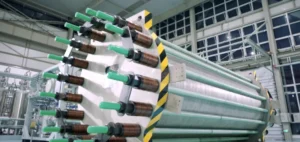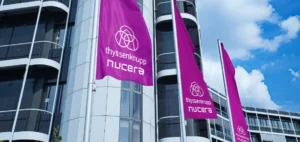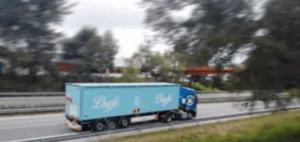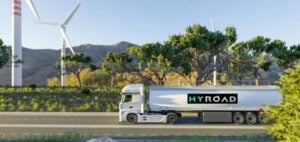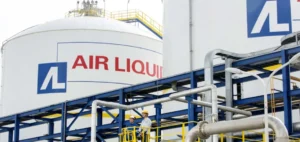Nu:ionic Technologies and RW Energy announce a strategic collaboration aimed at strengthening the decentralized production of low-carbon hydrogen in the United States.
The agreement, formalized by a Memorandum of Understanding (MOU), aims to meet the growing demand for low-carbon energy solutions.
The focus is on CO2 capture, in line with increasingly stringent environmental regulations.
RW Energy, a specialist in the development of energy parks, is responsible for identifying potential sites, designing the necessary infrastructure and managing the commercial development of the projects.
For its part, Nu:ionic will supply modular, pre-designed equipment for low-carbon hydrogen production, using its Nu-X Smart Reformer, an innovative technology integrating CO2 capture right from the production phase.
Strategically located projects
The first low-carbon hydrogen production sites will be located in Northern California, the Texas Gulf Coast and Ohio.
These locations have been selected for their existing infrastructure, market demand and favorable regulatory environment.
The facilities will use Nu:ionic’s Teal Hydrogen™ technology, capable of producing between 1.2 and 6 tons of hydrogen per day.
RW Energy’s forecasts estimate commissioning as early as the fourth quarter of 2025.
The hydrogen produced will be of high purity, with cryogenic liquid CO2 as a by-product.
This industrial-grade CO2 can be easily transported for sequestration or other industrial uses, helping to reduce global carbon emissions.
Technology and impact
Nu:ionic’s Nu-X Smart Reformer stands out for its ability to produce low-carbon hydrogen from natural gas or renewable biogas, while efficiently capturing the CO2 emitted.
This compact, electrified reformer represents a significant advance in hydrogen production at distributed capacities, meeting local energy needs while minimizing transportation costs.
The combination of low-cost natural gas, an electrified combustion source and carbon capture makes it possible to offer low-carbon hydrogen at a competitive price, encouraging its adoption in the industrial and energy sectors.
Perspectives and challenges
The partnership between Nu:ionic and RW Energy comes at a critical time when industries need to comply with increasingly stringent environmental standards.
Low-carbon hydrogen is increasingly seen as a key solution for decarbonizing hard-to-electrify sectors such as heavy industry and transport. However, there is no shortage of challenges. The profitability of these projects will depend on companies’ ability to maintain competitive production costs while meeting environmental objectives.
In addition, market acceptance and support from regulators will be decisive for the expansion of these technologies on a larger scale.
The projects initiated by this partnership have the potential to serve as models for other initiatives in the United States and internationally.
By demonstrating the economic and environmental viability of low-carbon hydrogen, Nu:ionic and RW Energy could well play a crucial role in the global energy transition.












